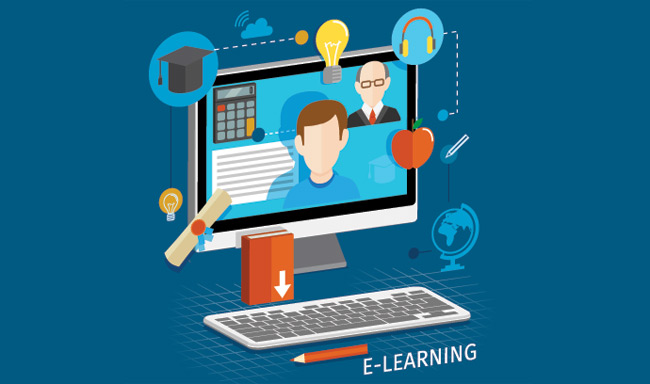
Theoretical physicist, Albert Einstein, once said, “Education is what remains after one has forgotten what one has learned in school”. Though his words may have been humor-intended, they reflect the fact that education is constant and ever evolving. For a fact, education has seen enormous changes over years. From traditional classroom settings to instant, self-driven and on the go learning. The India’s education system has not been left behind in the advancement, the latest being e-learning. The reasons why we must embrace E-learning in India are:
E-learning has become easier and inevitable due to rapid increase in internet connectivity. With many local international, e-learning will make further inroads. Many Indian companies are also using e-learning platforms for continuous employee learning.
India being the third country in the world after US and China, with the highest number of internet users, adoption of e-learning becomes inevitable. Still, people are able to access internet through their smartphones, which is an ideal, personalized and commerce-enabled platform for e-learning adoption.
Having one of the largest education systems in the world, India must embrace e-learning to reduce the teacher-student ratio and teachers’ workloads.
Satellite connectivity has been too expensive, too slow and not reliable. However, introduction of the VSAT (very-small-aperture terminal) has bridged that gap. Students are able to access learning materials online at a low cost and with ease. These satellite broad bands offer universal coverage and their installation is simple.
The Indian government through Department of Electronics and Information Technology (DeitY) has been developing tools and technologies to support e-learning. The department supports e-learning focused R&D projects like content development, technology initiatives and faculty training initiatives in order to improve literacy levels through distance learning.
Though the foundation of basic education remains reading, writing and arithmetic, the modern education must be broad. This where e-learning comes in as it offers:
More importantly, e-learning is very low in terms of cost. Every student even from the lowest backgrounds will be able to get the education. It also enables students to be up to date with the latest technological advancements and the state of the modern world.
Featured Image: Business World